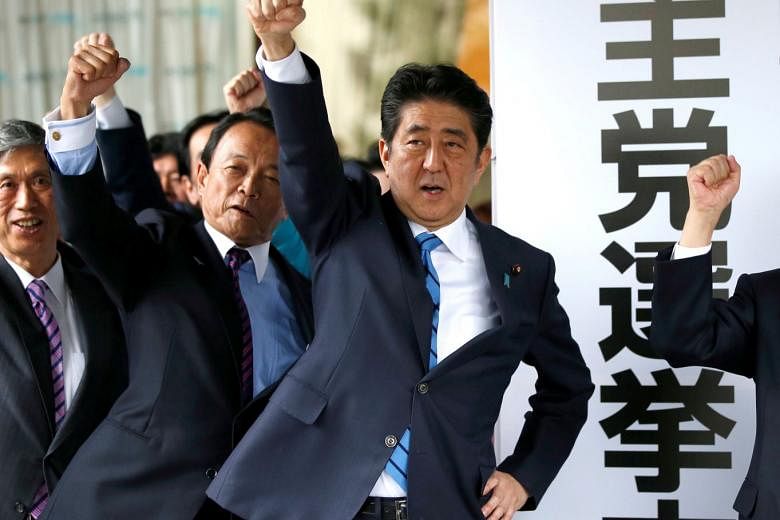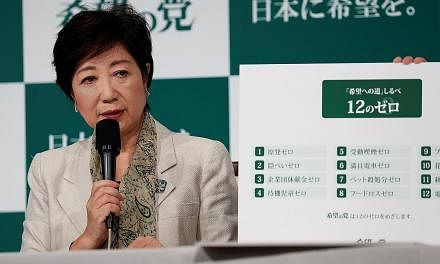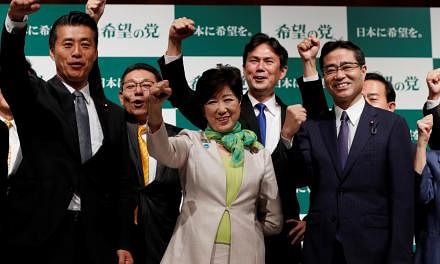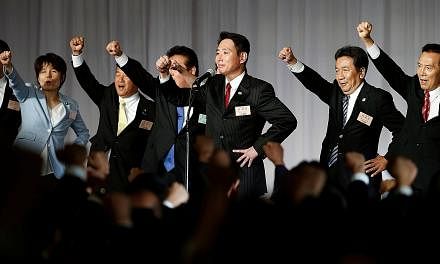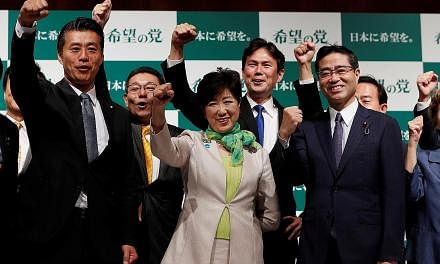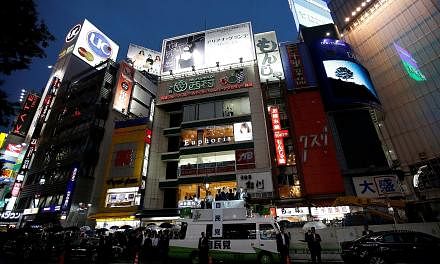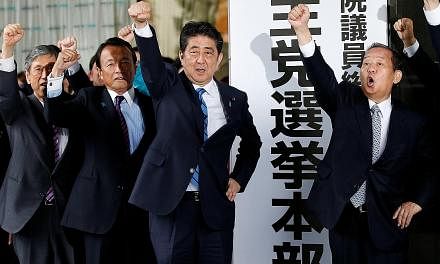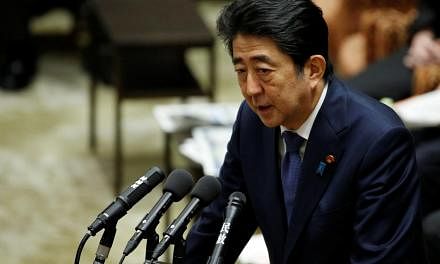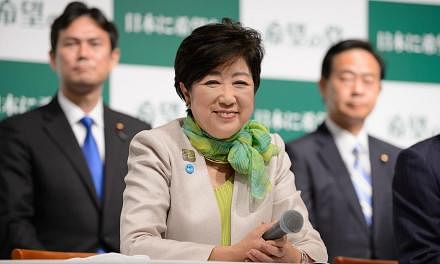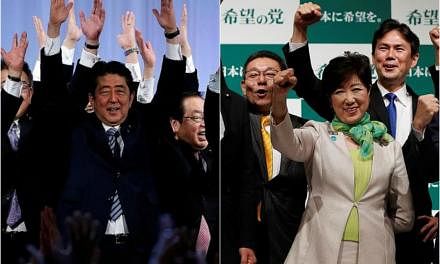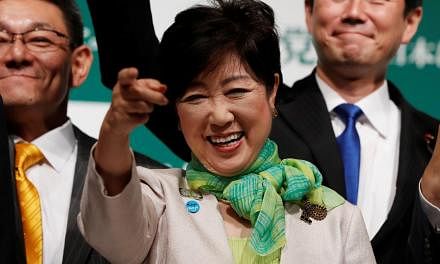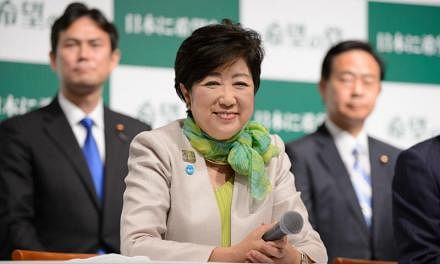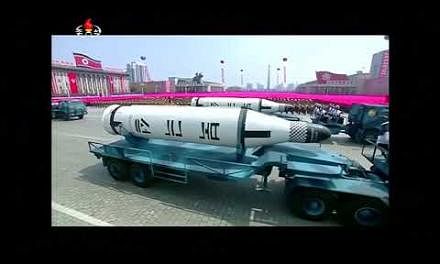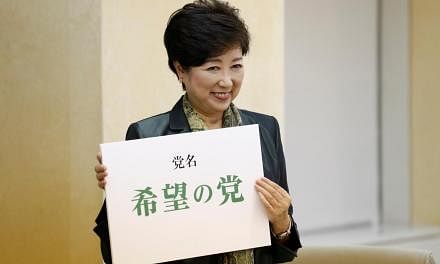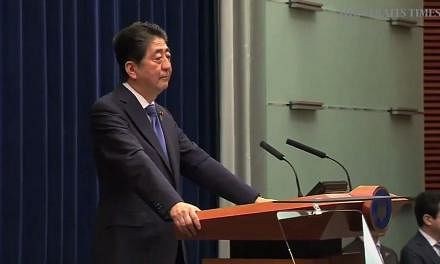TOKYO - Japanese voters will go to the polls on Oct 22 in a snap election for the powerful Lower House of Parliament.
Campaigning will start on Oct 10 for the election, which is being held more than a year before it is due.
A total of 465 seats will be contested, down from 475 after electoral boundaries in depopulated rural areas were redrawn to ensure voting parity.
Here's what to know about Japan's parliament and the snap election:
LOWER AND UPPER HOUSE OF PARLIAMENT
- Two houses form the bicameral parliamentary system, namely the Lower House (House of Representatives) and the Upper House (House of Councillors)
- The Lower House is the more powerful of the two chambers as it has the final say over treaties and the passing of the budget. Further, any Bill that is passed by the Lower House but voted down by the Upper House will still become law if two-thirds of Lower House lawmakers are in favour.
- Separate polls are held for the Lower House and the 242-seat Upper House.
- Lower House lawmakers have a term of four years. The chamber can be dissolved at the discretion of the Prime Minister for an election
- Upper House lawmakers have a term of six years. Elections are held once every three years to elect one-half of the lawmakers as their terms expire. The chamber cannot be dissolved.
LOWER HOUSE ELECTIONS
- The system, adopted in 1994, is a combination of the "first-past-the-post" system and the "party list" proportional representation system
- Of the 465 seats up for grabs, 289 lawmakers are to be elected from the "first-past-the-post" system. The remainder 176 will enter the Parliament, or Diet, via the "party list".
- Japan is divided into 289 single-member districts and 11 regions for the purpose of the Lower House election.
- Voters will get two ballots to select (i) their preferred candidate running in their district, and (ii) their preferred party running in their region
(a) First-past-the-post: The elected lawmaker will be the candidate who wins the most number of votes in each district.
(b) Party list: Each political party draws up a list - in preferential order - of lawmakers for the party list. For example, if the LDP wins 50 per cent of the "party list" vote in a region, it will correspondingly get 50 per cent of that region's assigned number of seats. The lawmakers who get to enter the Diet will be based on the party list. For example, if the LDP wins 10 "party list" seats in Tokyo, the first 10 lawmakers on the LDP's party list for Tokyo will enter the Diet.
- Lawmakers can both run for a single seat and be assigned to the party list. This means they can still enter the Diet through the proportional representation system even if they fail to win the most number of votes in their constituency.
THE KEY PARTIES
Liberal Democratic Party (LDP)
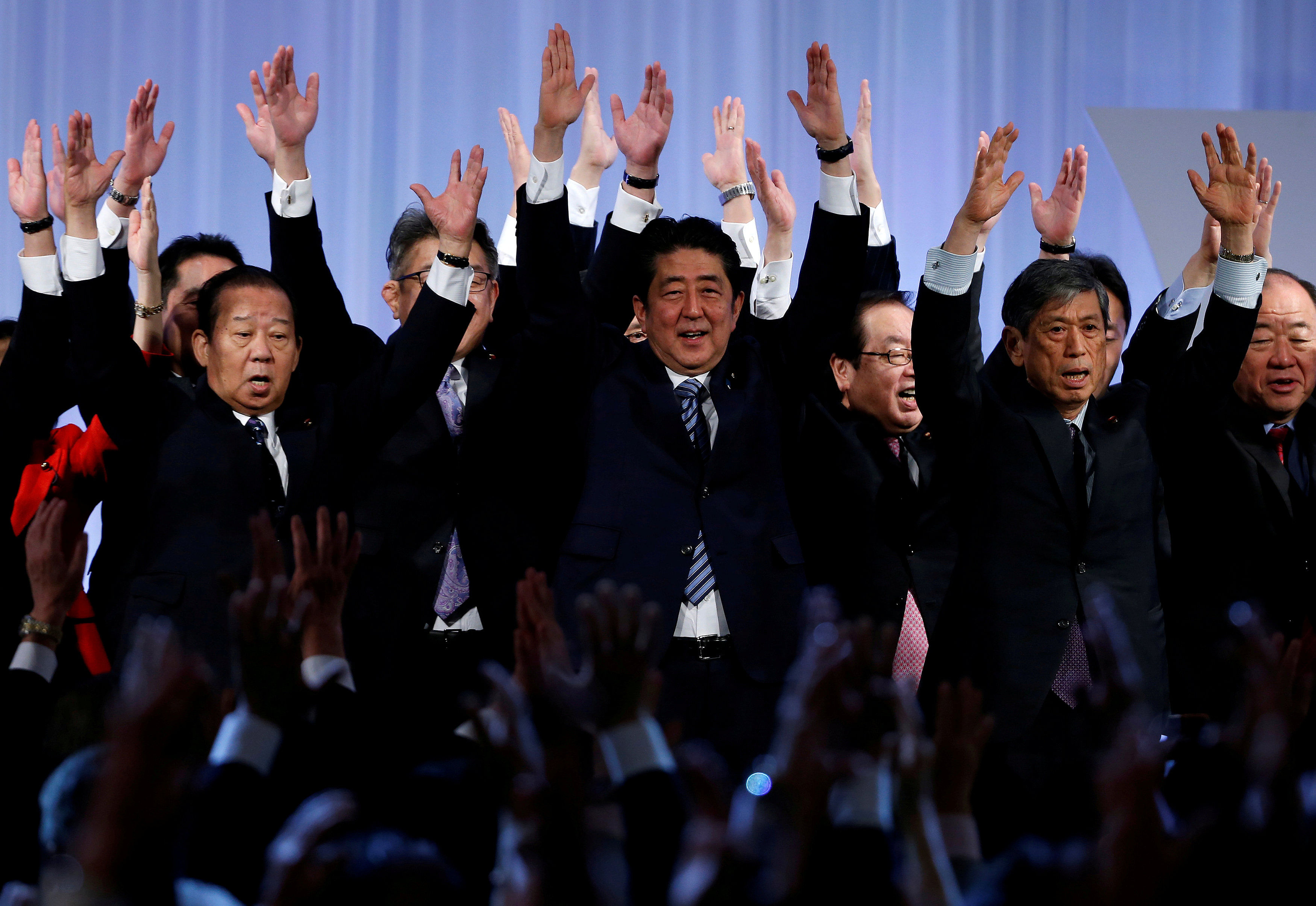
Leader: Prime Minister Shinzo Abe
The conservative right-leaning LDP has enjoyed nearly uninterrupted rule since its founding in 1955, except from 1993 to 1994 and from 2009 to 2012.
While it generally favours social conservatism, the numerous factions in Japan's largest political party tend to have differences on policy matters. The LDP favours revising the pacifist Constitution, by taking aim at the war-renouncing Article 9 which it says blunts its security capabilities, and has frequently campaigned elections on the basis of economic reforms.
Komeito
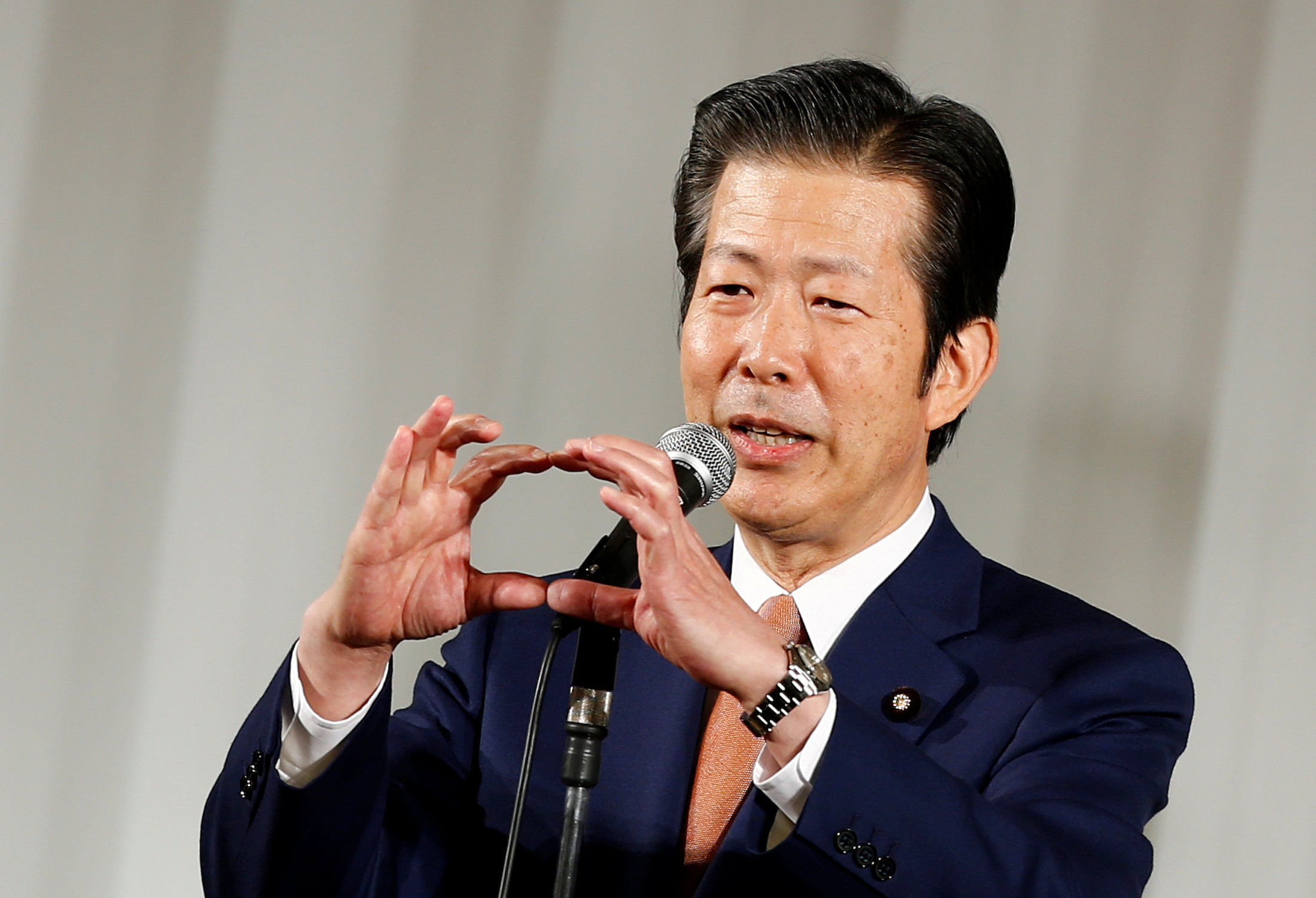
Leader: Natsuo Yamaguchi
The LDP's coalition partner in the Diet, Komeito, is a party of Buddhist pacifists said to be queasy over constitutional revision, for which they have given the LDP their backing. The party's Tokyo chapter, however, ditched the LDP to join hands with Tokyo Governor Yuriko Koike's fledgling local party, Tomin First no Kai (Tokyoites First), which romped to a convincing victory in the Tokyo assembly election in July.
Party Of Hope (Kibo No To)
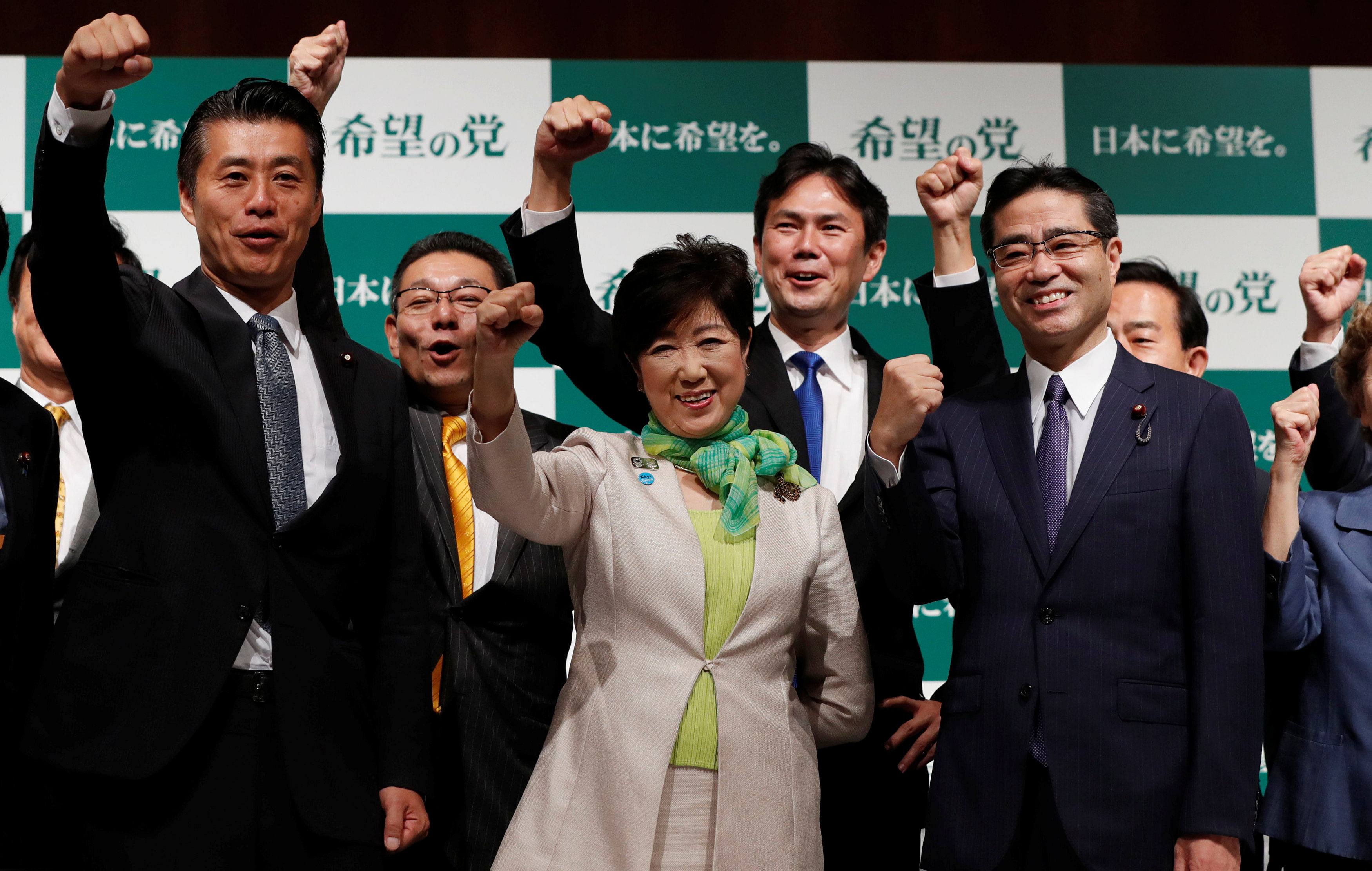
Leader: Tokyo Governor Yuriko Koike
Launched on Sept 25, 2017 by the Tokyo governor, the party has pledged a delay to a slated tax hike in October 2019 until economic growth gains more momentum, while promising to push through more drastic reforms to regain Japan's international influence. It has also vowed to uphold "clean politics without vested interests". It is on the same page as the LDP on Constitutional amendment.
Democratic Party (DP)
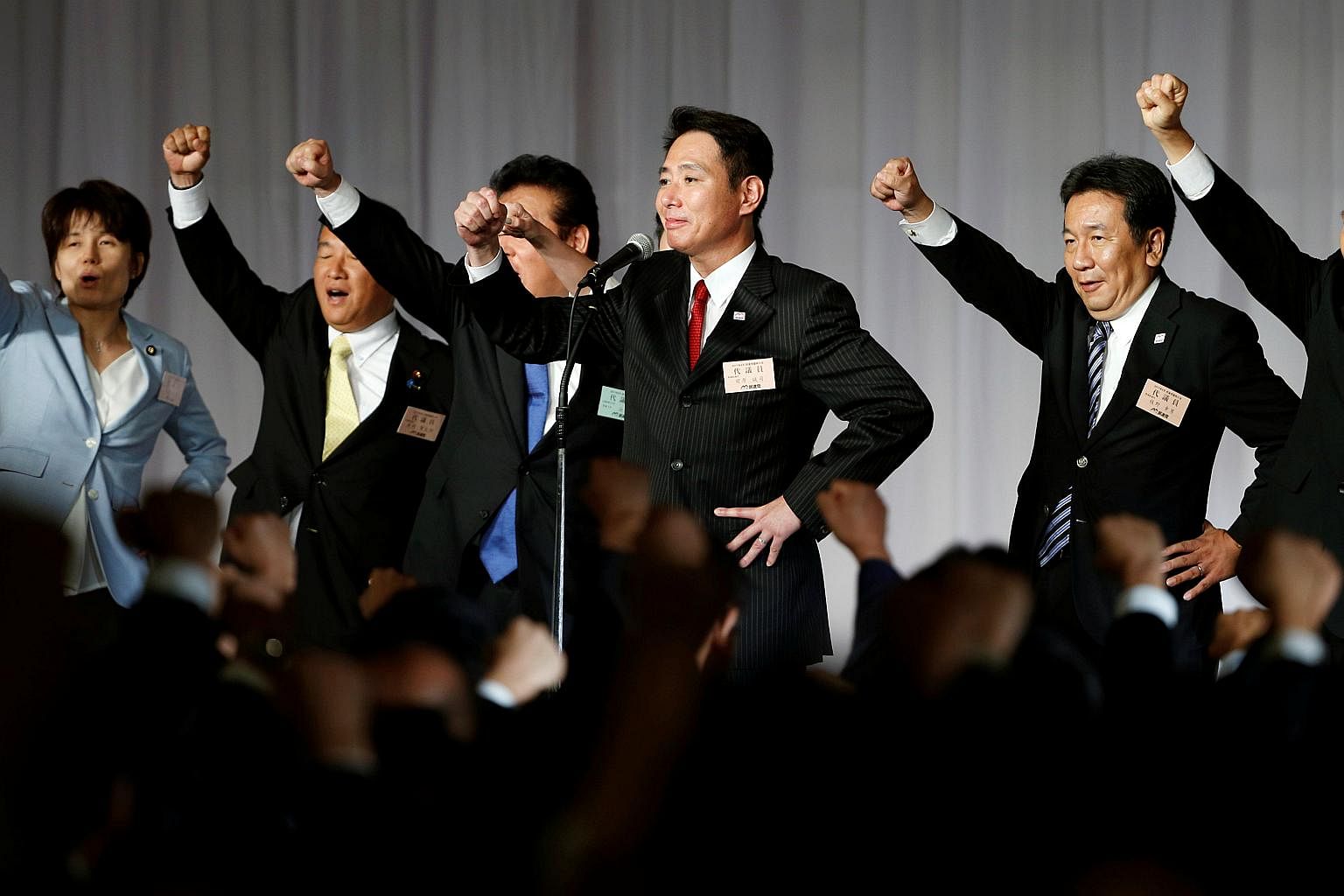
Leader: Seiji Maehara (Former Foreign Minister)
The left-leaning party as its previous incarnation Minshuto enjoyed three years of governance from 2009 to 2012, during which three different men assumed the role as Prime Minister. Its rule was marred by anaemic economic growth, inconsistent foreign policy, and the 2011 earthquake, tsunami and nuclear disaster. To revive its image, the party underwent a rebranding exercise by joining hands with a smaller party last year, and with a name change from Minshuto (Democratic Party of Japan) to Minshinto (Democratic Party). While it is the largest national opposition presence in the Diet, its ratings have been stuck in the single-digits. The DP has said it will not field any candidates for the election and urged its lawmakers to run under the Kibo No To flag, if not as an independent.
THE POWER PLAYERS
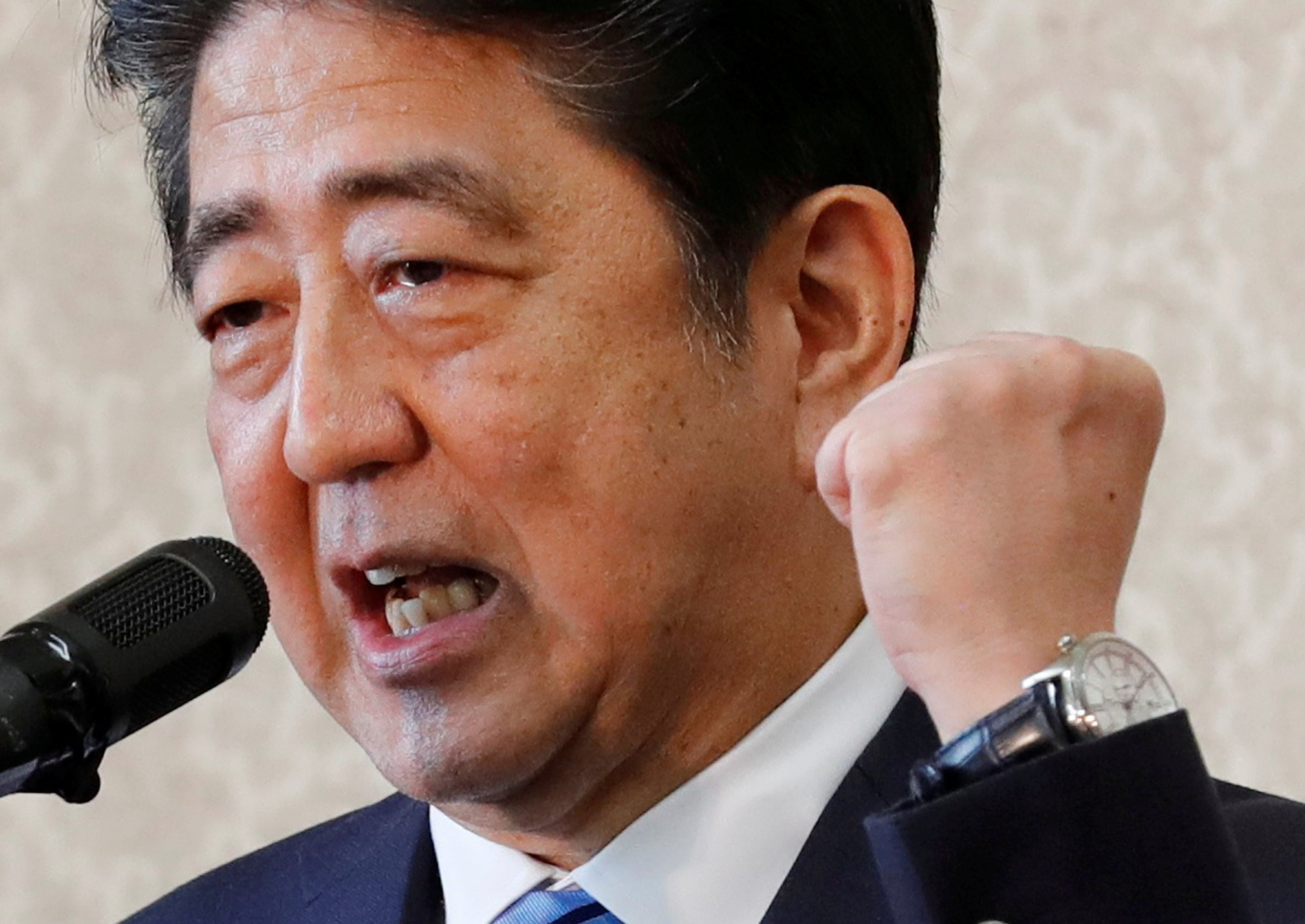
Shinzo Abe, 63
- Japanese Prime Minister, in power since Dec 26, 2012
- First stint in office from 2006 to 2007 was cut short as he cited a debilitating illness
- Two years away from becoming Japan's longest-serving prime minister
- Called a snap election in Dec 2014 - two years before it was due - to seek public backing on economic policy
- Affiliated to the revisionist right-wing organisation Nippon Kaigi
Yuriko Koike, 65
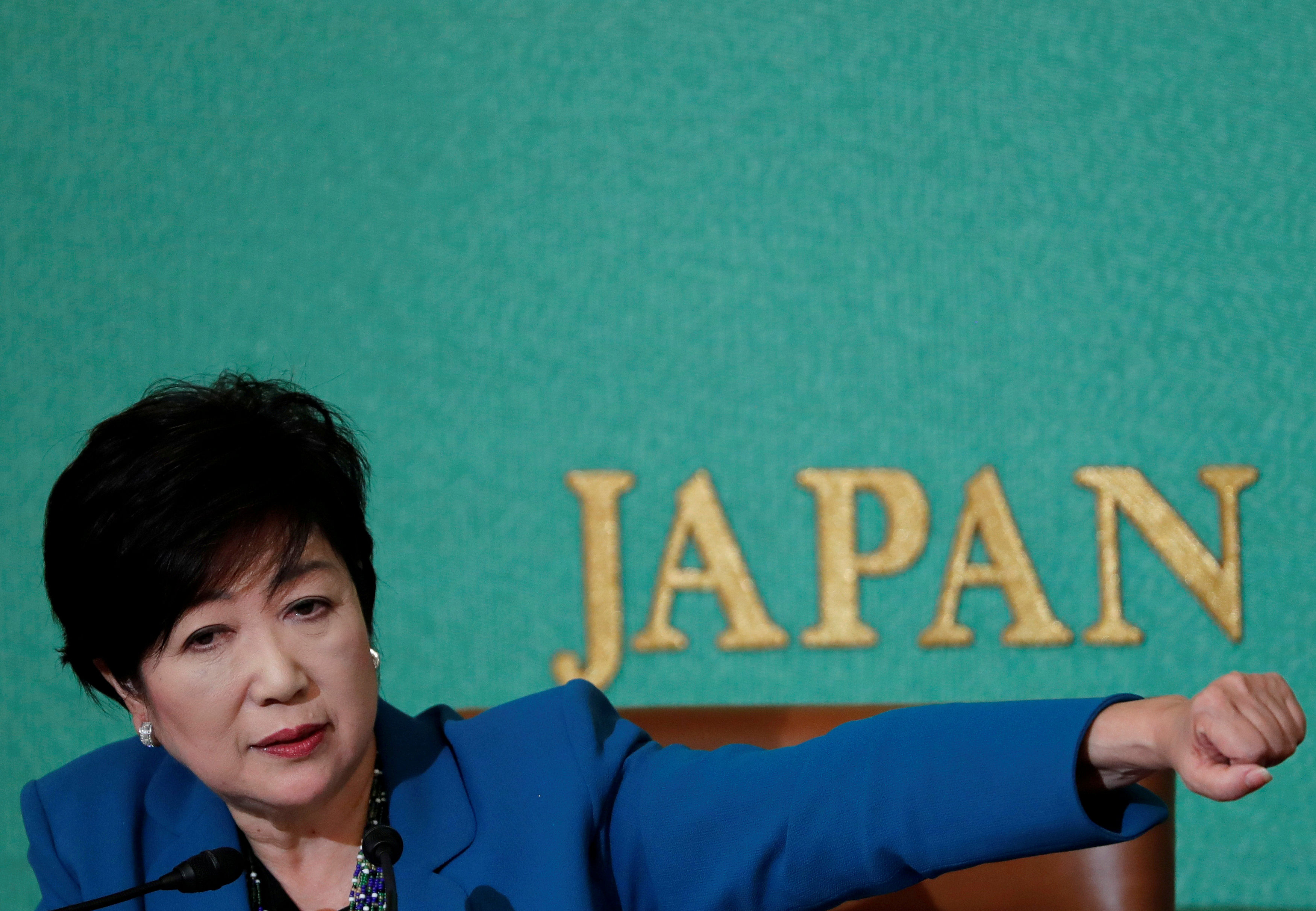
- Renegade LDP member who has been vocal against her former party
- Japan's first female Defence Minister, handpicked by Mr Abe for the role in 2006
- Tokyo Governor since August 2016, elected as an independent running against the LDP pick
- Led the local Tokyoites First (Tomin First no Kai) party to a resounding victory in Tokyo assembly elections in July, where her candidates ousted more than half of the LDP's
- Affiliated to the revisionist right-wing organisation Nippon Kaigi
KEY ISSUES IN ELECTION
Political scandals:
Regardless of how Mr Abe has tried to legitimise this snap election, analysts believe he is capitalising on a recent uptick in approval ratings after a bruising year.
Mr Abe had been implicated in two successive cronyism scandals, in which he was alleged to have pulled strings to grant favours for allies, while his protege Tomomi Inada resigned in disgrace over a major cover-up scandal in the Defence Ministry.
His ratings, which fell below 30 per cent at one point in what observers term the political "death zone", have recovered to about 50 per cent in some polls.
About two-thirds of voters, however, disapprove of his decision to call a snap election. The opposition, which has slammed the snap poll as opportunistic and an attempt at self-preservation, is expected to continue to grill Mr Abe on his alleged role in the scandals.
Use of tax revenue:
Mr Abe and the LDP has couched the election as a referendum on how additional revenue from a scheduled tax hike in October 2019 will be spent.
The increase of consumption tax from 8 per cent to 10 per cent is expected to pump in 5 trillion yen (S$60.3 billion) more into the government coffers.
The original plan was to devote 80 per cent of the sum to repaying government debt, and the remainder to social security measures. Mr Abe, however, now wants a 50-50 split, claiming that doing otherwise would lead to a "national crisis" as Japan grapples with an ageing population and low birth rates.
North Korea:
Public anxieties over North Korea's nuclear threat have helped boost Japan's flight to safety and security, and in turn, Mr Abe's support ratings. It might also give a filip in support for his goal to amend the war-renouncing Constitution, in which he wants to explicitly spell out the role of its military Self-Defence Force at a time of increasing military budgets.
Mr Abe had on Monday (Sept 25) framed his calling of a snap election as a means to seek public mandate on his government's approach on the North Korea crisis. Tokyo has maintained that it was necessary to continue to tighten the noose on the North, even as Beijing has urged a concurrent approach of dialogue and pressure. Japan's stance is that "dialogue for the sake of dialogue is meaningless".
The opposition has accused Mr Abe of being irresponsible by creating a "political vacuum" at a time of raised tensions.
